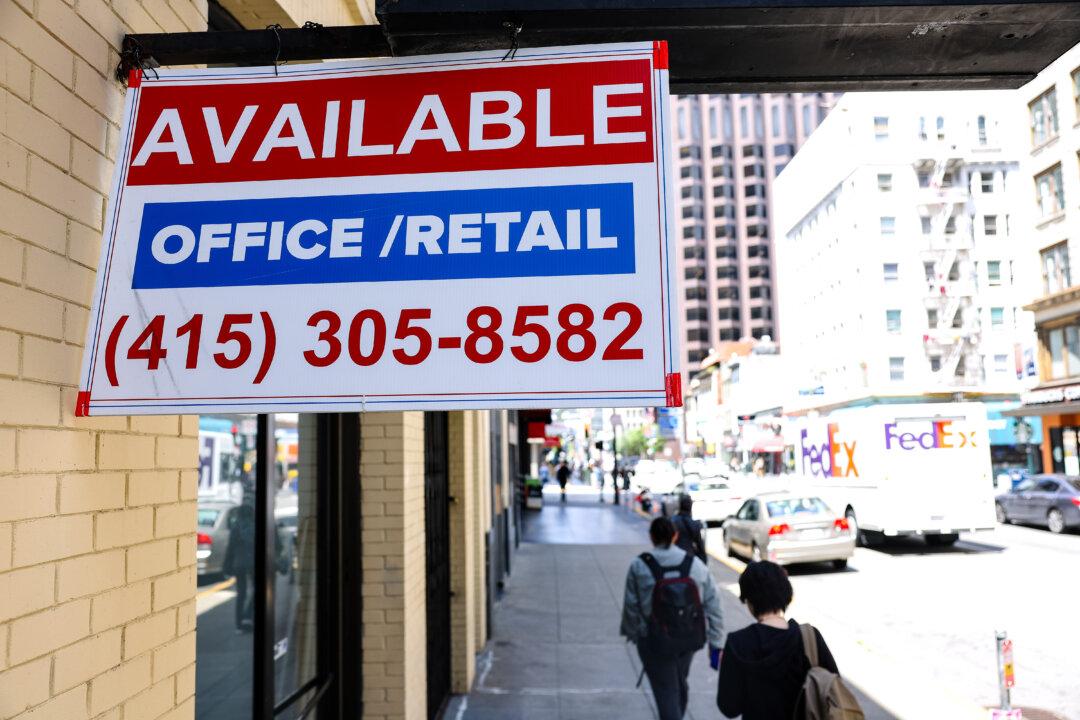Virginia-based LL Flooring, a specialty retailer of hard-surface flooring, has decided to liquidate its businesses after attempts to secure a buyer as part of bankruptcy proceedings failed.
The company filed for Chapter 11 bankruptcy on Aug. 11, seeking a “going-concern” sale of its businesses, which involves selling the assets to a buyer while keeping intact all of the things required to continue running the enterprise. Since then, it has “actively negotiated with multiple bidders,” the company said in a Sept. 4 statement.





